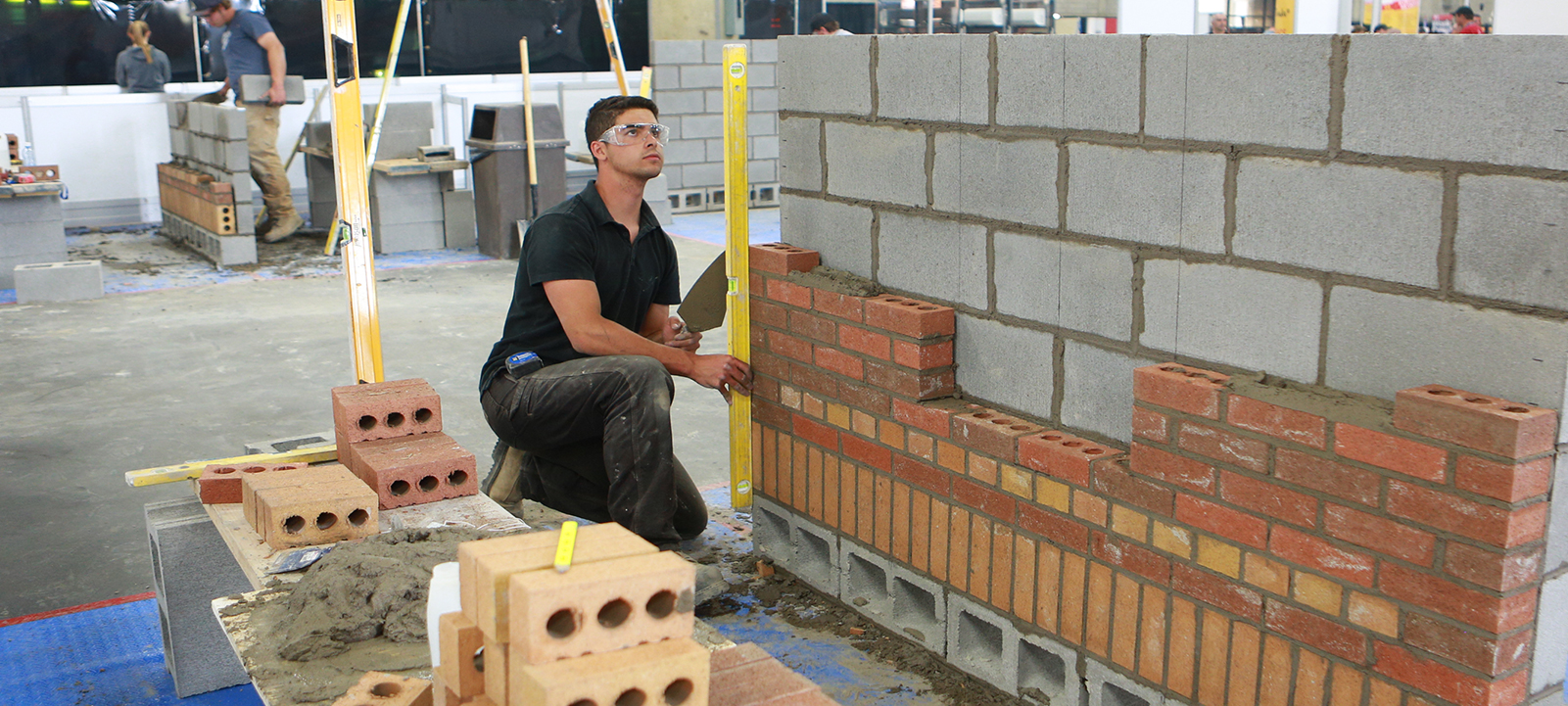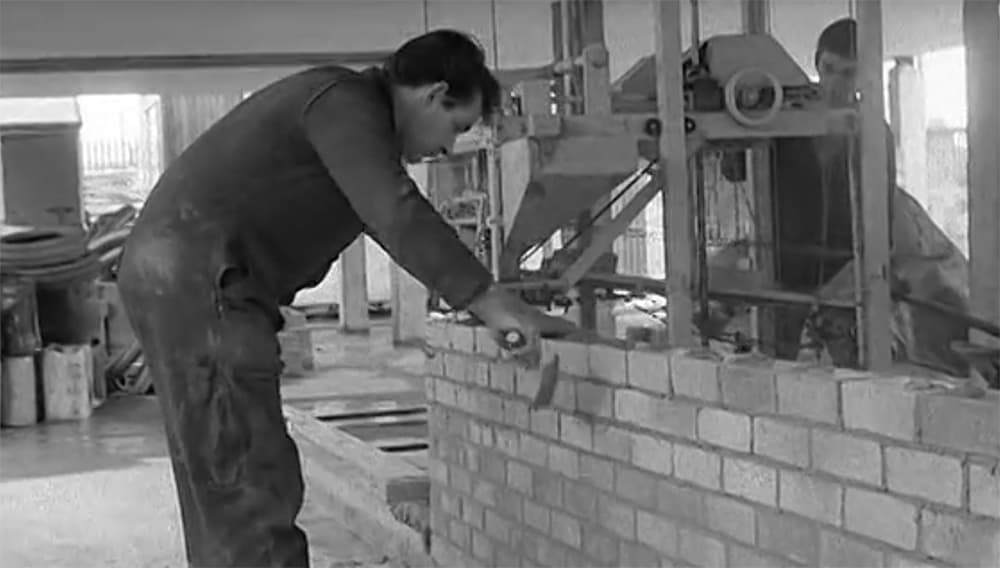All about Bricklayer Auckland
Wiki Article
7 Easy Facts About Bricklayer Auckland Shown
Table of ContentsMore About Bricklayer Auckland6 Simple Techniques For Bricklayer AucklandBricklayer Auckland Fundamentals Explained3 Easy Facts About Bricklayer Auckland Described
The difference between Absolutely no and also timeless stonework is in the laying of the brick. The brick is no much longer pressed up and down, but slanted.Furthermore, we likewise took note of a good percentage between the length and width of the block so that it is perfect for functioning with a stretcher bond. In this manner the work proceeds swiftly. Benefit, For a contractor by doing this of working is barely an obstacle. He can function with the material/equipment that knows to him.
Bricklayers are a vital occupation in the construction sector, liable for laying bricks, pre-cut rock and also cinder block in mortar. Bricklayers construct, expand and fix domestic as well as industrial buildings, as well as various other frameworks such as structures, walls, chimneys or decorative masonry. Obtaining to completion of a task as well as being able to say 'I built that' offers an actual feeling of accomplishment for brickies.
Your time as a bricklaying apprentice will generally be divided between your company as well as training service provider (such as an university), with at the very least 20% of your normal working hrs invested on training. Your training might take place weekly, every month or in a different block of time, and it can happen at your location of job, at your training company or online.
Everything about Bricklayer Auckland
When researching building, you usually discover that any type of brand-new or cutting-edge concept has really been tried over as well as over once again, often stretching back decades. One of these new-but-actually-old concepts is the concept of a mechanical bricklayer, an equipment to automate the building and construction of masonry walls. It's easy to see the charm of this idea - masonry building appears nearly flawlessly matched for mechanization.It doesn't feel like it would need physically complicated activities - each block obtains a layer of mortar applied, as well as is simply stocked place alongside the previous one. And due to the fact that each physical joint coincides dimension, placement is practically deterministic - each brick coincides set distance from the previous one.
These machines could not notice anything about their environment, or action where a block needed to go - they simply squeezed out a layer of mortar as well as see post mechanically placed a block at routine intervals (Bricklayer Auckland). It's vague the amount of of these equipments ever before made it beyond the attracting board, however a minimum of among these (John Knight's) was utilized to build a block wall surface that supposedly still stands today.
Throughout the years, masonry has declined in value as a building and construction innovation in the developed globe, and with it the passion in automating it. Unlike with concrete 3D printing, where there are loads of efforts to develop the modern technology, I can just find a handful of current efforts to automate stonework. Bricklayer Auckland.
Some Known Incorrect Statements About Bricklayer Auckland
It can positioning blocks in limited corridors or complex corners, and Hadrian can create all the wall surfaces of a tiny structure with just a few actions of the car. Hadrian can currently set about 200 obstructs important source an hour, but they're intending to be able to do 1000 blocks an hour or even more (the blocks it sets are different from the block stonework utilized in the US, yet in US masons can establish somewhere in the neighborhood of 400 obstructs a day).
SAM has a series of sensing units to make up for the activity of the platform and also ensure it's placing bricks degree, as well as can collaborate with blocks of all different dimensions (though it won't construct CMU block walls). It obtains mounted to a movable scaffolding that's elevated slowly as the wall is finished.
The promotional product on Building Robotics' website recommends that it's no more their primary emphasis - more focus is provided to their various other product, MULE.Other than SAM as well as Hadrian, there are a couple of various other mechanical bricklayers in numerous phases of development. Craftsmac, a company out of India, simply lately revealed a robot mason used for constructing CMU walls - it appears rather comparable to SAM, a wheeled framework with a robotic arm, conveyor, and mortar mixer installed to it.

Little Known Facts About Bricklayer Auckland.
A somewhat different classification of devices focused on boosting stonework efficiency is what I'll call "masonry aides". These are devices designed to aid with physically raising the block (they appear to be more usual with block than brick) and taking the pressure off the mason, while still allowing the mason to adjust it link into position, Stonework assistants day from at the very least 1994, when the army explore MAMA, the Mechatronically Assisted Mason's Help.
Report this wiki page